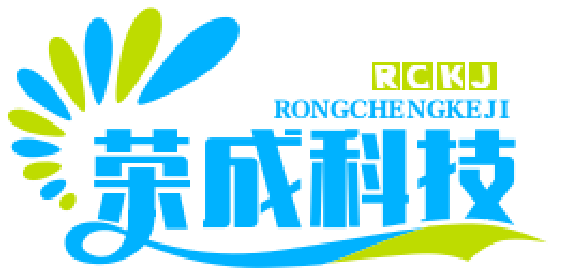The Essential English Terminology for Web Design
In the ever-evolving field of web design, mastering key English terms is crucial for professionals and enthusiasts alike. Whether you're collaborating with international teams, reading technical documentation, or optimizing for search engines, understanding these terms enhances efficiency and communication. This article explores essential web design vocabulary, supported by the latest industry data and trends.

Core Web Design Terminology
UI (User Interface)
The visual elements users interact with, including buttons, menus, and layouts. A well-designed UI improves usability and engagement.
UX (User Experience)
Focuses on the overall feel of the interaction, ensuring seamless navigation and satisfaction. According to Forrester Research (2023), companies prioritizing UX see a 50% increase in customer retention.
Responsive Design
Ensures websites adapt to different screen sizes. Google's Mobile-First Indexing prioritizes mobile-friendly sites, making this a non-negotiable feature.
SEO (Search Engine Optimization)
Techniques to improve a site's visibility. Key terms include:
- SERP (Search Engine Results Page)
- Backlink (Inbound link from another site)
- Meta Tags (HTML elements describing page content)
CMS (Content Management System)
Platforms like WordPress or Shopify that simplify website management. W3Techs (2024) reports 43% of all websites use WordPress.
Emerging Trends & Data
Web Design Trends (2024)
| Trend | Adoption Rate (%) | Source |
|---|---|---|
| Dark Mode | 72% | Adobe Design Survey, 2024 |
| Micro-Interactions | 68% | NNGroup Research |
| AI-Generated Graphics | 45% | Gartner, 2024 |
Programming Languages in Demand
JavaScript remains the most-used language (Stack Overflow Developer Survey 2023), with 65% of developers relying on it for front-end development.
Best Practices for Design & Development
-
Performance Optimization
- Lazy Loading: Delays loading off-screen images to speed up page rendering.
- CDN (Content Delivery Network): Distributes content globally to reduce latency.
-
Accessibility (WCAG Compliance)
- Use ARIA (Accessible Rich Internet Applications) labels for screen readers.
- Ensure color contrast ratios meet 5:1 for text (W3C Guidelines).
The Future of Web Design
With advancements in AI-driven design tools and voice search optimization, staying updated is vital. Tools like Figma and Webflow dominate the market, while frameworks like React and Vue.js streamline dynamic web app development.
For web designers and developers, fluency in these terms isn't just about jargon—it's about building better, faster, and more inclusive digital experiences. The right vocabulary empowers clearer collaboration and sharper execution in an industry where precision matters.











